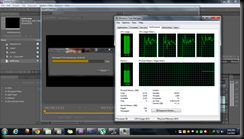If it is to me, I would define the way of the CORPORATE organizations in the following pattern:
Customer: Could you please ignore the late payment fine of Rs.600 on my Card for paying late by 6hrs please
Employee: Sir, I am eager to help you sir, but…..
Customer: Please understand
Employee: Yes Sir, even I will help, but the problem is that the computer does not accept it, I am limited by computer software![]() .
.
The situation in corporates is almost like the above, the employees are only there to translate the computer to the customer, that too because not all customers are educated. If customers are educated, the corporates would definitely remove there employees in front end and only let the computers handle the work. ![]()
